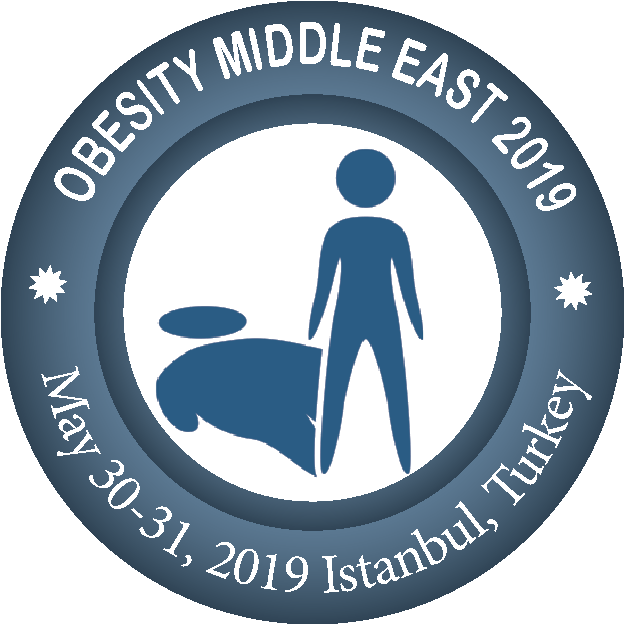
Okhunov A O
Tashkent Medical Academy, Uzbekistan
Title: The choice of method of surgical correction of complicated forms of diabetes type 2 (Video Presentation)
Biography
Biography: Okhunov A O
Abstract
Type-2 diabetes is a chronic disease, the pace and prevalence of which are increasing every year. In terms of growth rates, type-2 diabetes is equated by the international community with epidemics of such infectious diseases as AIDS, tuberculosis and malaria. Frightening is the upward trend in the frequency of type-2 diabetes in the young. According to some data, with disease duration of more than 20 years, the probability of lower extremity lesions exceeds 80% and 40-70% of all non-traumatic amputations are performed in patients with diabetes, while the immediate post-operative mortality exceeds 20%. The purpose of the study was to determine the influence frequency of various variants of metabolic surgical interventions on the course of the ulcerative-necrotic process of the lower extremities in patients with type-2 diabetes. The results of the examination and treatment of 85 patients with ulcerative-necrotic lesions of the lower extremities that underwent various metabolic surgical procedures were analyzed. Among the men surveyed there were 32 (37.6%), women-53 (62.4%). The average age ranged from 46±12.5 years. The average history of the diagnosis of diabetes was 12±2.5 years. Ulcer-necrotic lesion of the lower extremities was assessed by the method of Wagner. 12 (14%) patients were diagnosed with grade I, 34 (40%) patients had grade II and 39 (46%) patients had grade III, respectively. 58 (68.2%) patients underwent ileal interposition operations and 27 (31.8%) patients had transit bipartition. Such an approach for the choice of surgical intervention made it possible to avoid the development of mal absorption syndrome. Thee frees patients from lifelong intake of biological supplements in the form of vitamins and minerals, in the postoperative period, 78 (92%) patients achieved complete control of the blood glucose level, 4 patients (4.7%) used only 1 and 2.3% - 2 antihyperglycemic agents to ensure control of blood glucose levels. One patient required the use of a daily single dose of insulin. In the long-term postoperative periods, the regression of the necrotizing process was characterized by positive dynamics in the form of a decrease of manifestation process degree or completes scarring of the latter.

